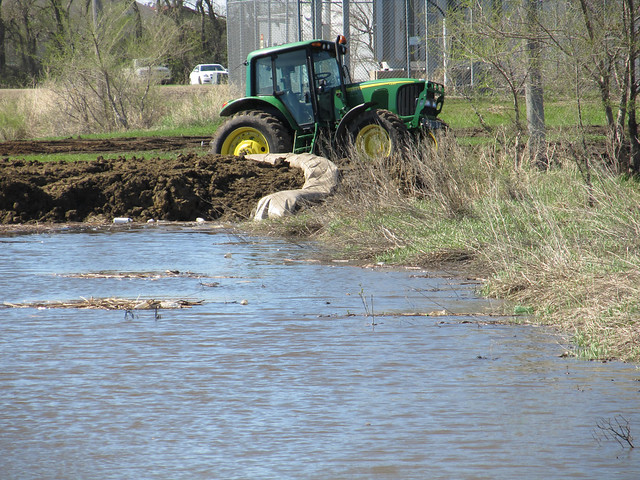
Producers endure the weather across the Midwest and wonder if it will be too wet to plant, too wet to harvest, too wet to spray, or if the rain will come at the right time to produce a bumper or just an average crop. In all of the presentations I have given on climate and agriculture across the Midwest, during the last year the prevailing question has been about whether the increasing variation in precipitation and temperature we’re experiencing is the “new” normal during the growing season. Producers point to the last four growing seasons as examples of the variation they face each year: 2010 was hot and wet during the grain-filling stage of growth causing the crops to mature more quickly, 2011 was almost normal with some dry periods during the last part of the growing season, 2012 was a drought year, and 2013 experienced two different extremes. In 2013, it was wet in the early growing season, delaying and in some places preventing planting, followed by a dry summer. Across the Midwest, the early spring rains are increasing erosion from fields. Producers are now asking what they can do to protect their natural resources and the crops that depend on them, and what the next season will be like. If these extremes continue, how do they adapt their farming operations?